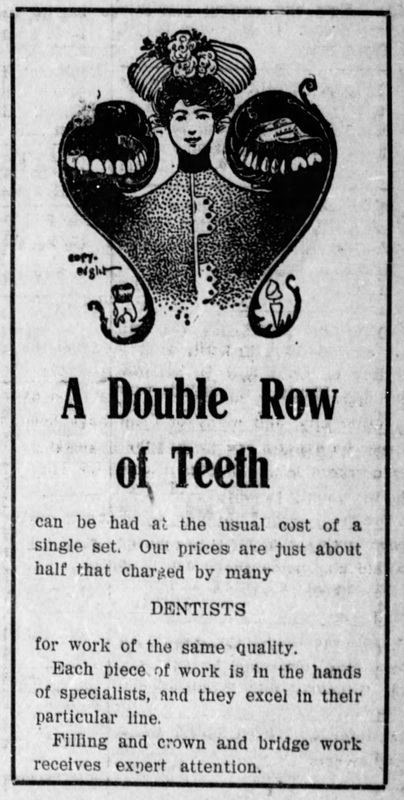
Look at the ad on page 9 of the San Bernardino County Sun, January 20, 1907. You can find it on Newspapers.com, which I'm guessing is the newspaper archive website that many of you giantologists use. If you don't have a subscription and you don't believe me, you can pay the same $7.95 I did. Luckily I still have 6 more days left of my first month. Maybe I can put this "double rows of teeth" thing to bed with some time left over to solve one of the other "mysteries" upon which you are basing your television programs and books.
Is it sinking in yet how silly this is?

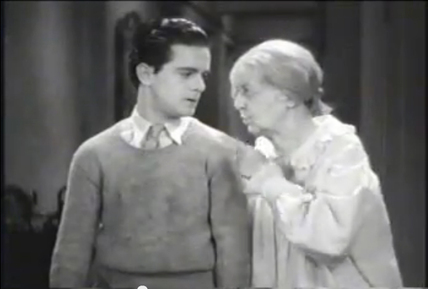
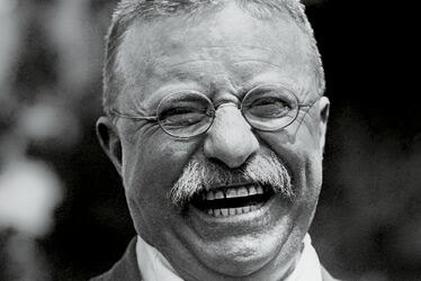
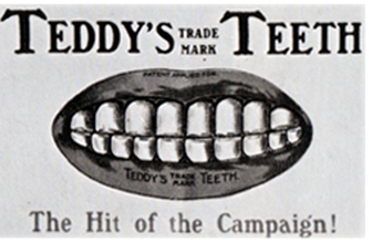
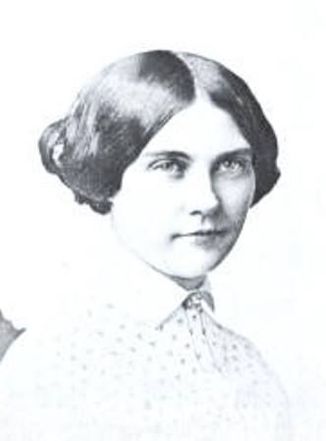
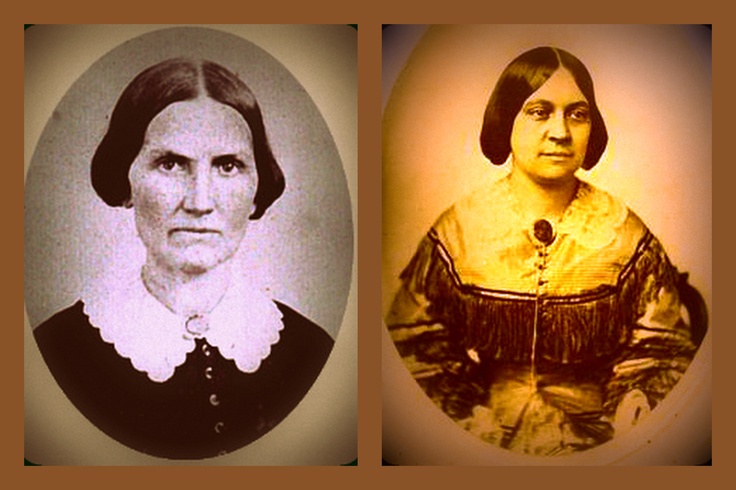
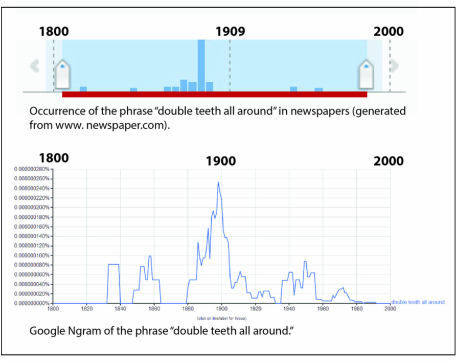

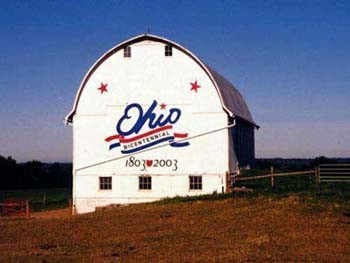
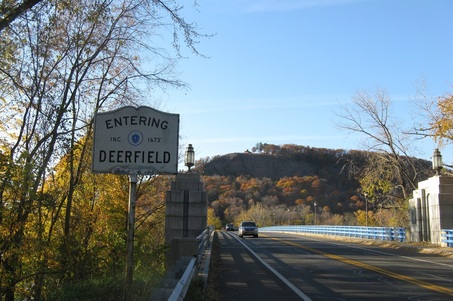
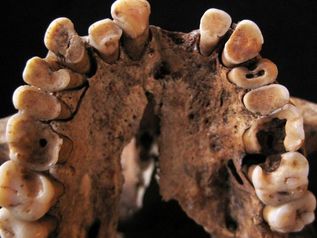
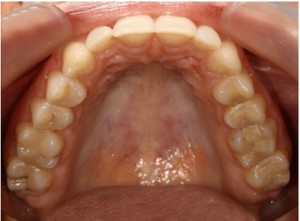
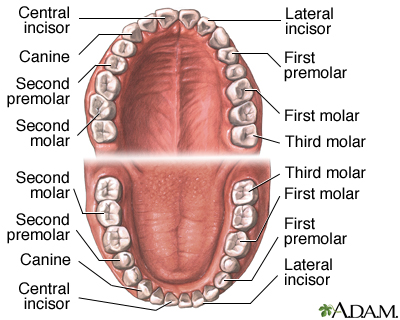
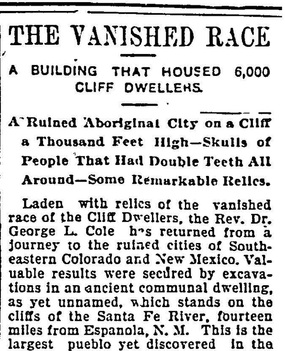


 RSS Feed
RSS Feed
